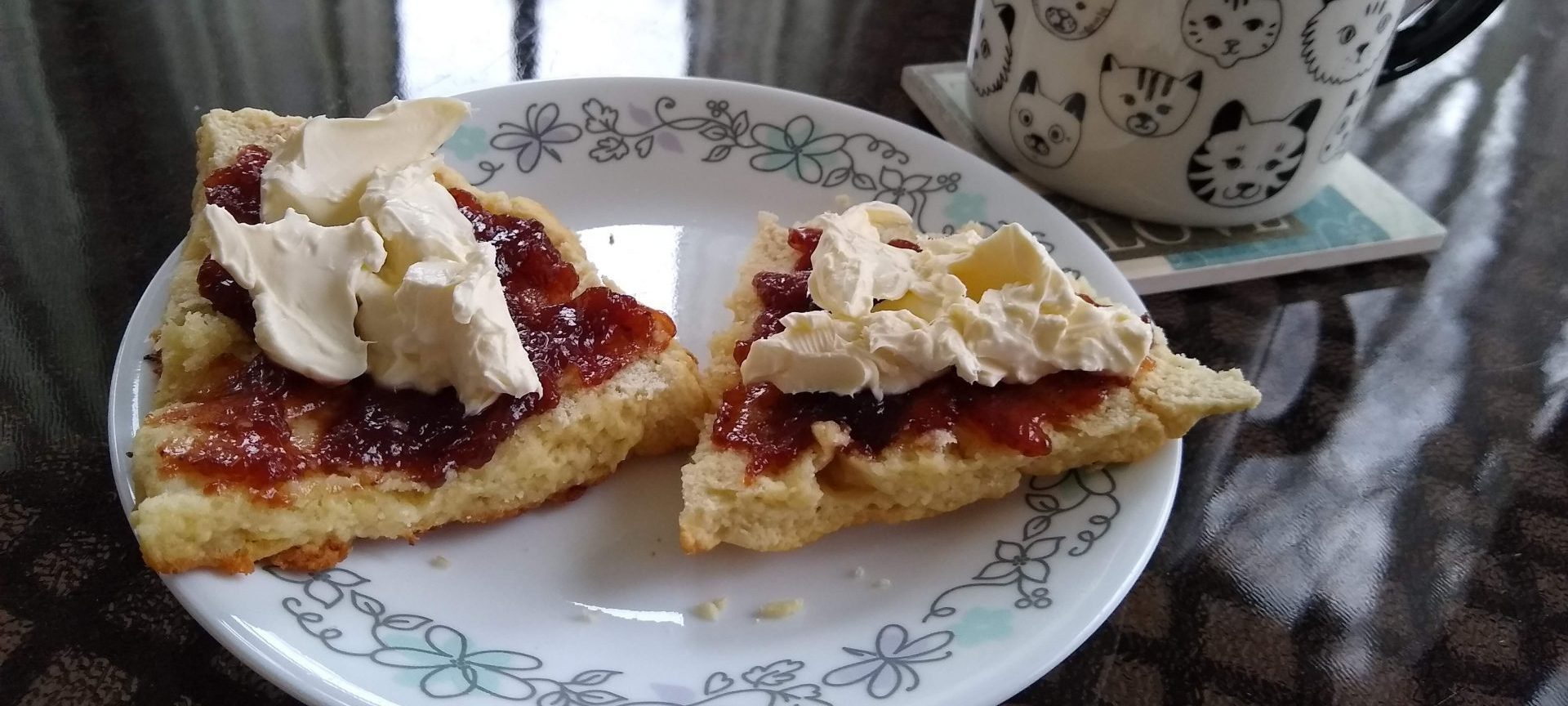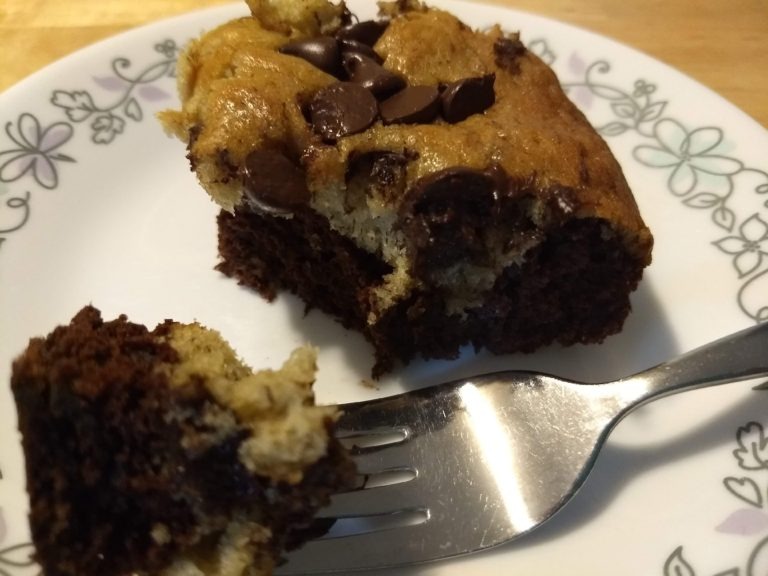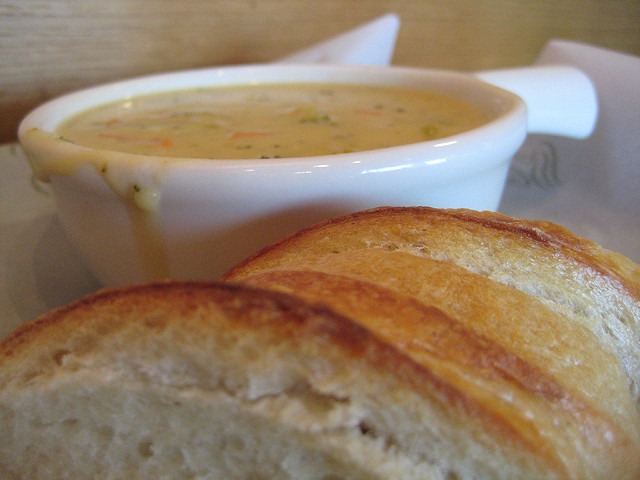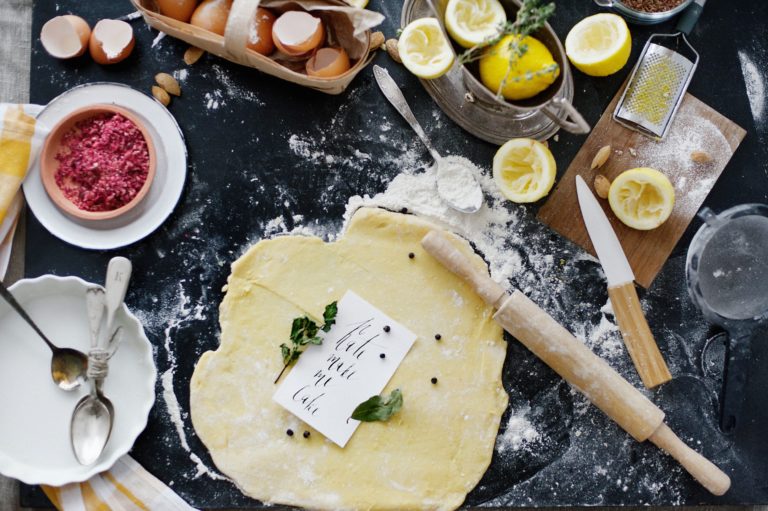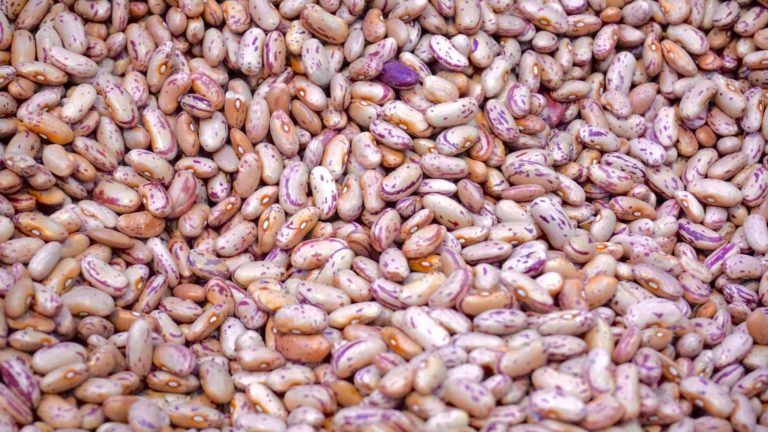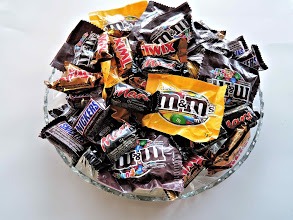How to Serve Clotted Cream
I have a fascination with British food that goes back to the first time I visited the United Kingdom as a recent college graduate. I’ve now been to the U.K. twice, and I enjoy trying the unique foods there such as Yorkshire pudding, lamb with mint sauce, full English breakfasts with roasted mushrooms and tiny tomatoes, fish and chips, buttery shortbread cookies, lemon curd, and of course, hot tea. I even have fun sampling some of the more unusual dishes such as Scottish haggis.
One of my favorite British indulgences is a cream tea. Not to be confused with afternoon tea or high tea, which is more like a meal, a cream tea consists of baked scones, jam, clotted cream, and a pot of hot tea. Walk into any tea shop in England and you’re likely to spot cream tea on the menu. They’ll bring your cream tea out to your table, where you can slice your scones and top them with cream and jam to eat while you savor your tea.
But what is clotted cream?
Clotted cream is a thick cream that results from heating cow’s milk and then letting it cool, thus allowing the cream to rise to the surface and form “clots.” It’s associated with the counties of Cornwall and Devon in southwest England, where farmers may have started making it to reduce waste in milk production, but its origins may trace back farther. It has a thick texture almost like butter but is rich like whipped cream. Clotted cream has a high fat content (at least 55% and an average of 64%) and a high amount of calories, so it’s best enjoyed in moderation. In contrast, heavy cream has a fat content of 36%. Clotted cream has a nutty, creamy, slightly sweet flavor like very rich unsalted butter.
It’s not always easy to find clotted cream in the United States, but I have purchased it in several international grocery stores in the metropolitan area where I live. If you don’t have an international grocery store near you, you can also find clotted cream on Amazon, but you’ll probably pay more for it. If you’re feeling adventurous, it’s also not hard to make clotted cream yourself.
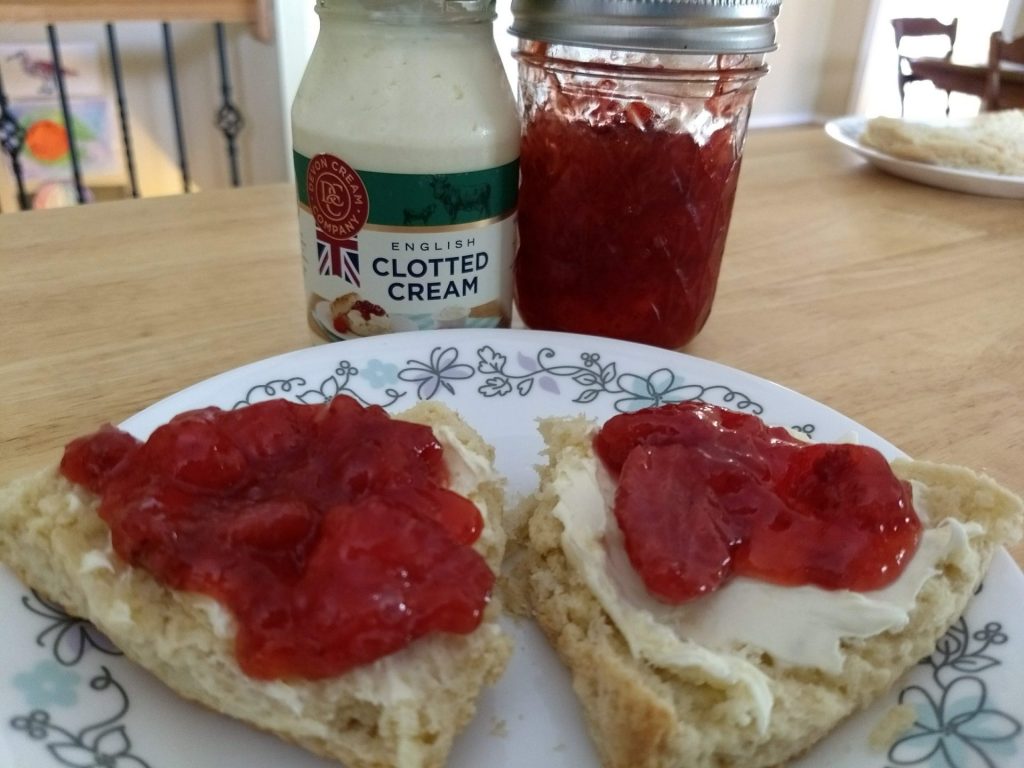
- Serve clotted cream with scones and jam. This is my favorite way to eat clotted cream. Bake some homemade scones or buy some at the grocery store, slice them, spread some jam on each piece (the best jam with clotted cream is my homemade strawberry freezer jam), and then spoon a generously sized dollop of clotted cream on top of each scone. It’s heavenly. It’s even better if you serve it with a hot cup of tea for a proper cream tea. (Opinions run strong on whether the cream should go on before the jam, and it depends on what part of England you live in. Lately, I’ve been putting the cream on top of the jam.)
- Spread clotted cream on crumpets or quick sweet breads such as pumpkin bread or banana bread.
- Serve a bowls of fresh fruit such as strawberries or raspberries topped with a dollop of clotted cream.
- Add a spoonful of clotted cream to a bowl of hot oatmeal.
- Drop a spoonful of clotted cream on top of apple pie, or any pie flavor.
- Make Thunder and Lightning with clotted cream. This is a variation on a cream tea that involves rolls split and topped with golden syrup and clotted cream. And here’s a recipe for golden syrup.
- Incorporate clotted cream into baked goods such as shortbread or desserts such as fudge.
Have you tried clotted cream? What’s your favorite way to enjoy it?

